
On Friday, the leader of Saskatchewan will deliver a message to senior White House and business officials in Washington
Some people are calling the rush to stake claims for lithium and other important minerals the third “gold rush” in Saskatchewan.
First Nations say that they were left out of the development process in the past, but that won’t happen again. On Friday, they will share this message with a large group of influential people from around the world.
“We’re willing to work together and do business. “We’re not the scary guy,” said Chief Delbert Wapass of the Thunderchild First Nation. “But we won’t just do nothing. Without us, this new gold rush won’t happen.”
Wapass is the only leader of a North American First Nations group who has been asked to attend a roundtable on minerals on Friday in Washington, D.C. Senior members of U.S. President Joe Biden’s council of economic advisors and the U.S. Department of Energy, as well as top executives from companies that work with resources and electronics, are also taking part.
Wapass is from Treaty 6 territory, but he and others from the Saskatchewan First Nations Natural Resource Centre of Excellence have been working with chiefs on both sides of the international border.
Sheldon Wuttunee, the CEO of the Centre, and his staff have been working for months to get a clear picture of the critical mineral situation in Saskatchewan. They want to help First Nations in other places do the same thing.
Several maps have been made by the center. Wuttunee said they were shocked to find out that the provincial government had already given claims and leases for hundreds of square kilometers.There are projects for lithium, helium, and rare earth minerals.
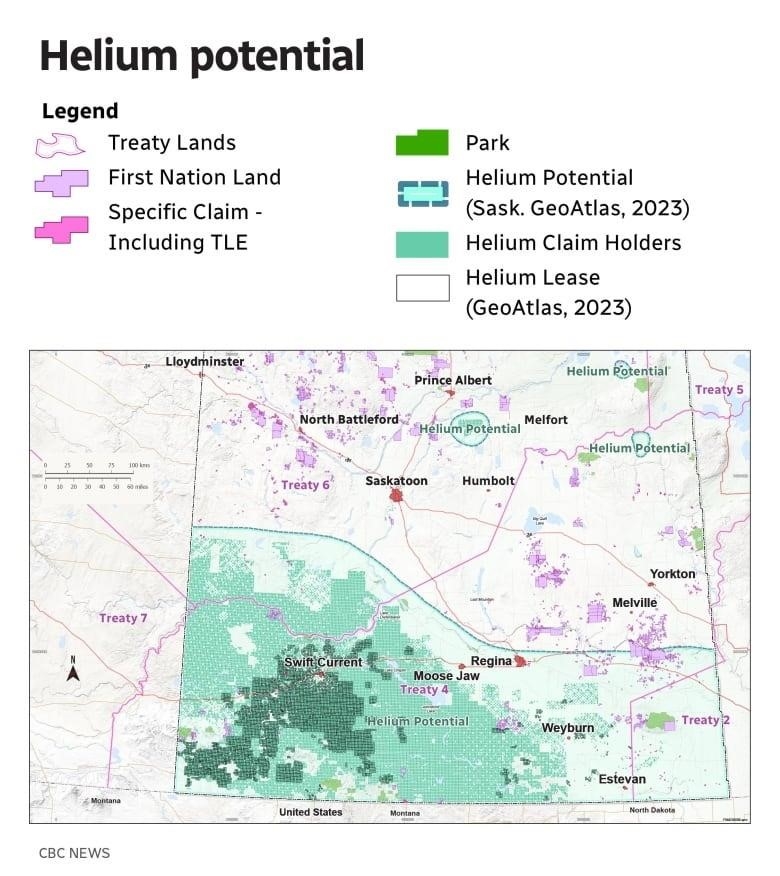
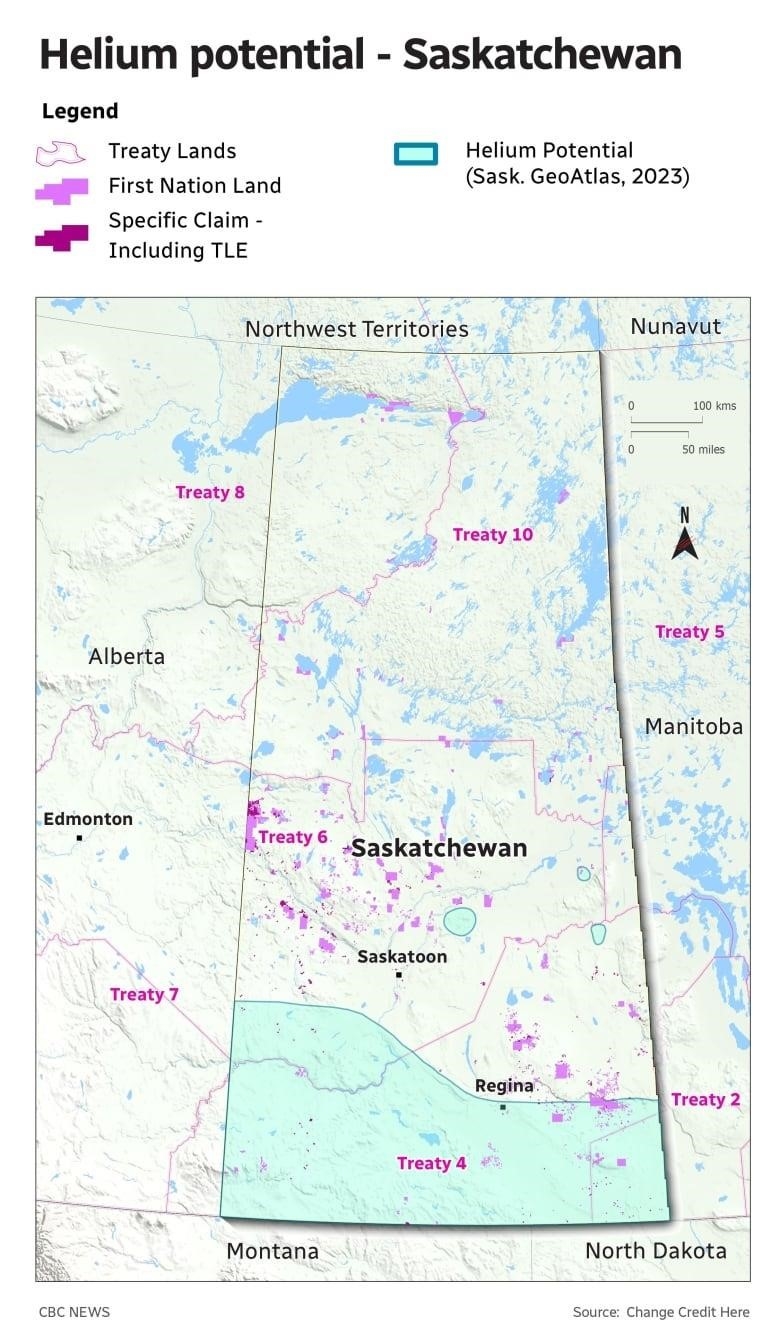
Wuttunee said no First Nations have been consulted or accommodated on these claims, contrary to international law, various Canadian court rulings and the government’s own written “duty to consult” framework.
He said the stakes could not be higher, and that First Nations will no longer settle for a few jobs at a new mine or a catering contract.
“It’s a multi-billion dollar opportunity. Let’s make no mistake, we will need to really work toward creating some parity within our homelands here,” said Wuttunee, the former chief of Red Pheasant Cree Nation.
“We are not interested in continuing to manage poverty in our communities. We will take our rightful place in the ownership of these resources.”
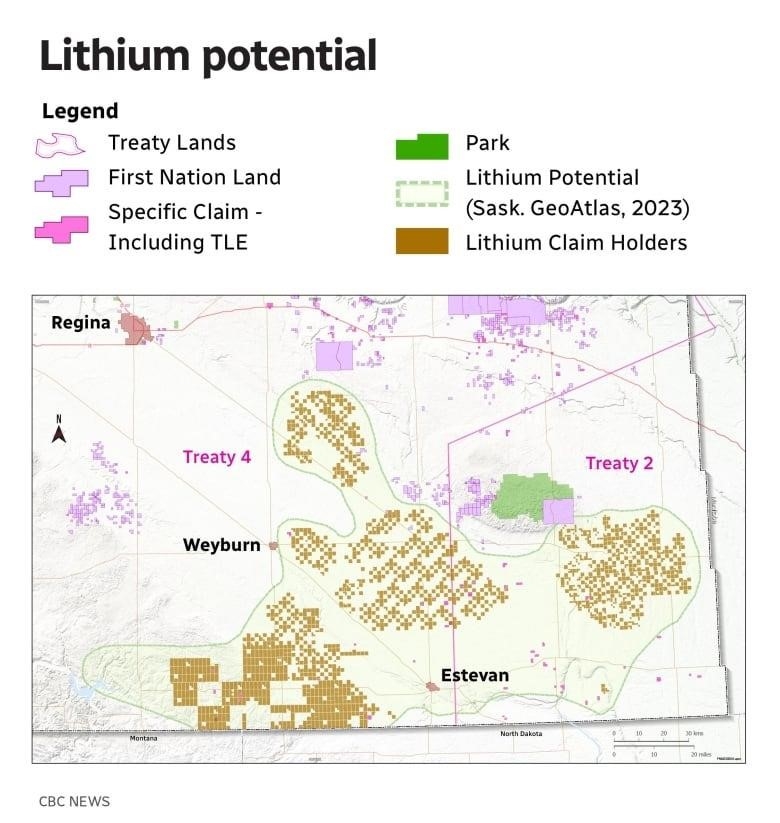
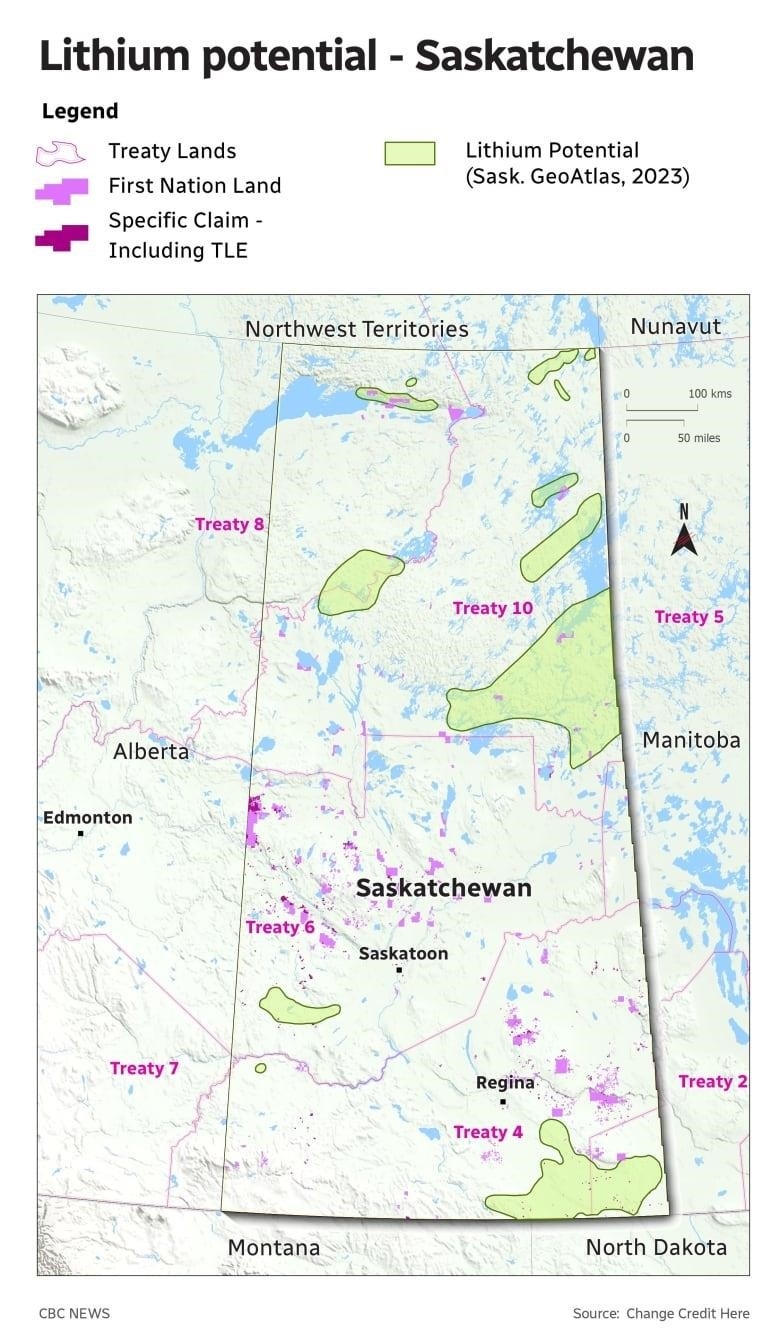
Saskatchewan’s Ministry of Energy and Resources Minister Jim Reiter said he “respectfully disagrees.” The Saskatchewan government believes there is no requirement to consult First Nations until shovels are about to go into the ground, but Wapass and Wuttunee said that will be too late.
Previous waves provide insigh
To understand the current critical minerals gold rush, it’s also important to understand two previous waves, Wuttunee said. Who owns the land and resources, and how did it get that way?
On the Canadian Prairies, one wave occurred more than a century ago. Surveyors, speculators, soldiers, clergy and farmers rushed to occupy the land of the Cree, Nakota, Denesuline and other First Nations. They believed the Roman Catholic Church’s Doctrine of Discovery permitted them to claim any new lands and subjugate Indigenous inhabitants.
Though most treaties of the 1870s contain words such as “cede” and “surrender,” chiefs who signed the English document with an “x” believed they were to be equal partners and had no discussions of land below the “depth of a plow.” Academics are now uncovering problematic details that include deceptive translations and omissions during negotiations.
First Nations were forced onto reserves covering a small fraction of their previous land base, forbidden to leave or sell their farm produce without permission. Promised rations and farm implements were denied.
Saskatchewan crops and livestock are now worth billions each year.
The second “gold rush” followed the signing of an obscure but pivotal document — the 1930 Natural Resources Transfer Agreement. The federal government granted the Saskatchewan government exclusive control over natural resources. It made similar deals in other provinces.
First Nations were excluded from the negotiations. It was not possible to mount an opposition, because it was illegal for First Nations to hire a lawyer or organize protests.
Since then, corporations and the Saskatchewan government have mined and sold hundreds of billions of dollars worth of oil and gas, potash, uranium, gold and other commodities.
Experts say this new gold rush of critical mineral development, spurred by growing fears over the reliability of Chinese suppliers, could be the most valuable yet. But it’s happening much quicker.
“First Nations have every reason to be concerned that things are moving faster than they can respond. This is going to be a high pressure area for a very, very long time,” said Ken Coates, professor emeritus of the University of Saskatchewan’s Johnson Shoyama Graduate School of Public Policy now working at Yukon University.
Draining oil from under their fee
The Pheasant Rump Dakota Nation, located 170 kilometres southeast of Regina, sits in the geographic centre of all three of these resource waves.
Its chief signed Treaty 4, but in 1901 the band was coerced by government officials into selling the entire land base granted by the treaty for less than half of market value to make room for white farmers. Residents were herded onto the nearby White Bear First Nation, where they remained for generations. They resettled on a new reserve several decades ago.
Pheasant Rump Chief Ira McArthur said he was shocked by another discovery made through the mapping work of the Centre of Excellence. The government has allowed companies to literally drain the oil from under Pheasant Rump’s feet.
Wells are constructed just outside the nation. Their shafts run deep into the ground, but they can then turn and travel horizontally far from the well site.
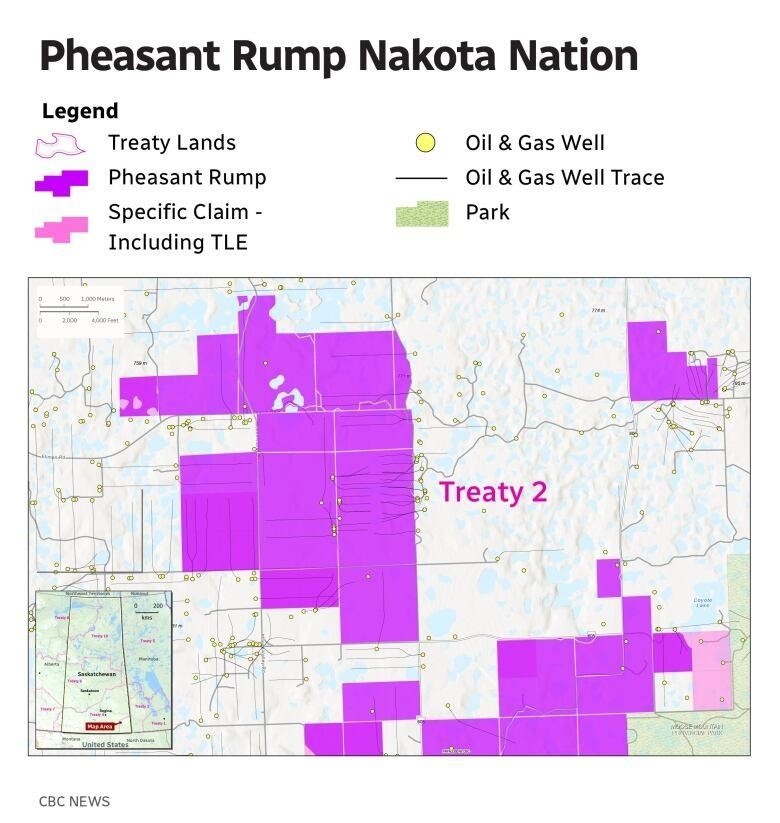
During a tour of the community this week, McArthur stood on the gravel road serving as the reserve’s border. On one side, there was a row of oil wells. On the other, the homes of band members whose tap water is no longer drinkable.
“It’s a huge concern. We had no consultation from the outset with regards to the development of those wells. It’s affecting the water and the environment. It’s extremely frustrating,” McArthur said.
Through the mapping project, McArthur learned that Pheasant Rump is surrounded on all sides by helium and lithium claims. He said the nation wants to partner with governments and companies, but is prepared to take legal action if necessary.
WATCH | Horizontal drilling extends underneath First Nations reserves across Saskatchewan, according to new research:
A path forwar
The Saskatchewan government recently introduced the Saskatchewan First Act, similar to counterparts in Alberta.
The act seeks to re-assert the provincial government’s exclusive jurisdiction over all natural resources. When details were released several months ago, it made no mention of First Nations. Leaders threatened lawsuits, blockades and other action.
Similarly, the provincial government’s 15-page online guide for companies wanting to mine lithium contains no mention of First Nations, consultation or partnerships.
Minister Reiter said he wasn’t aware of that, but would look into it. He said the Saskatchewan government is committed to respecting constitutional and treaty obligations.
“I realize that there’s some disagreement on it, but our position on that hasn’t changed,” Reiter said.
Coates said the Saskatchewan First Act was gratuitous and unnecessary.
“The Saskatchewan First Act is like waving the red flag in front of a pretty angry bull. It’s just getting First Nations backs up, for good reason,” Coates said.
He said the Saskatchewan government is far behind other jurisdictions like British Columbia, northern Quebec and Labrador, where First Nations, corporations and governments are signing equity and ownership deals worth tens of billions.
The result in those provinces is orderly, predictable development that helps improve standards of living for everyone, he said.
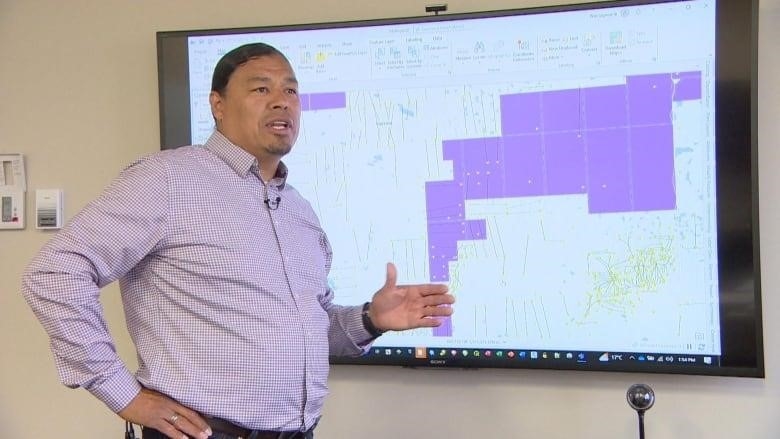
Wapass, Wuttunee, McArthur and others are hoping the Saskatchewan government learns from these examples.
Until then, Wapass will take one message to Washington for those eager to get at Saskatchewan’s critical minerals.
“It’s to impress upon them that when they’re dealing with the province of Saskatchewan and Canada, they have to have a willing partner, which is First Nations people,” Wapass said.
“We aren’t going to allow that to happen without us benefiting. This is about finding a path forward.”
